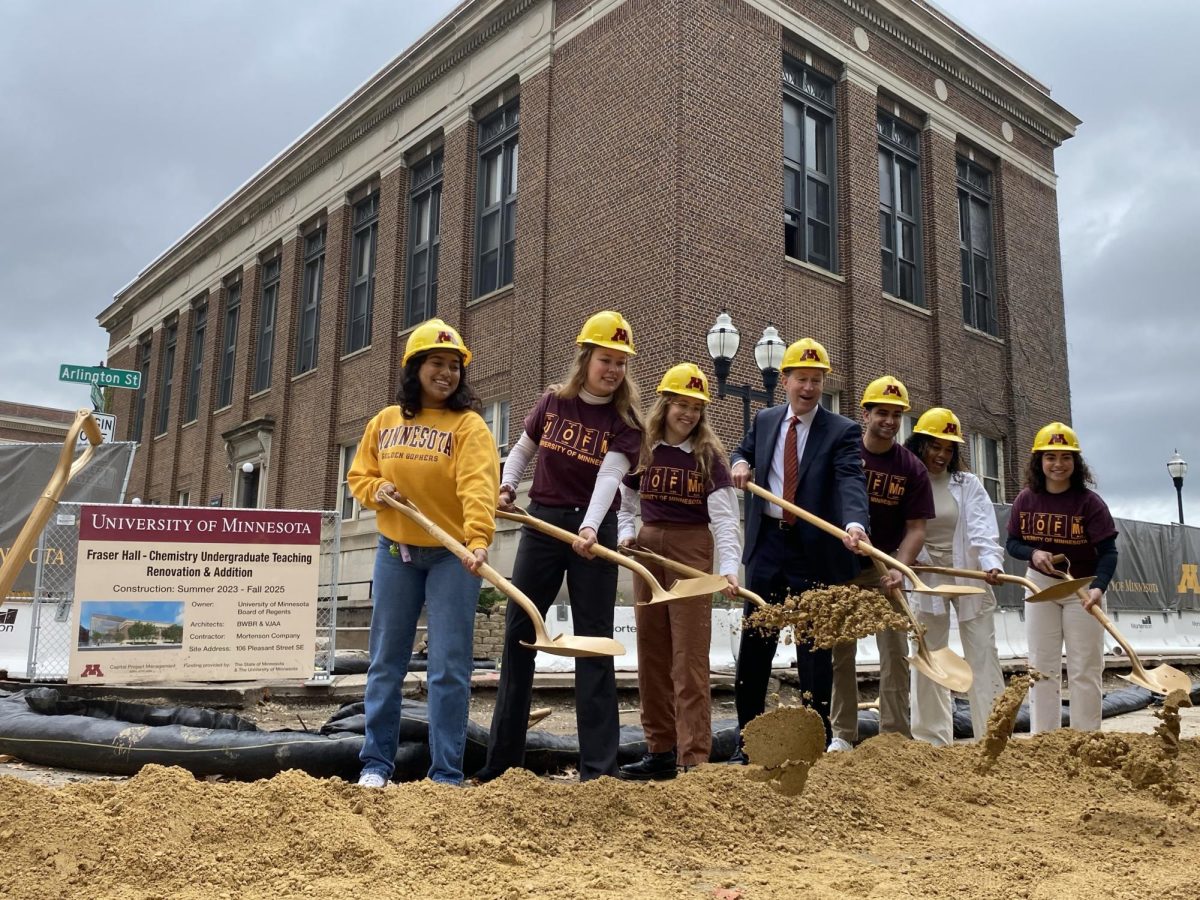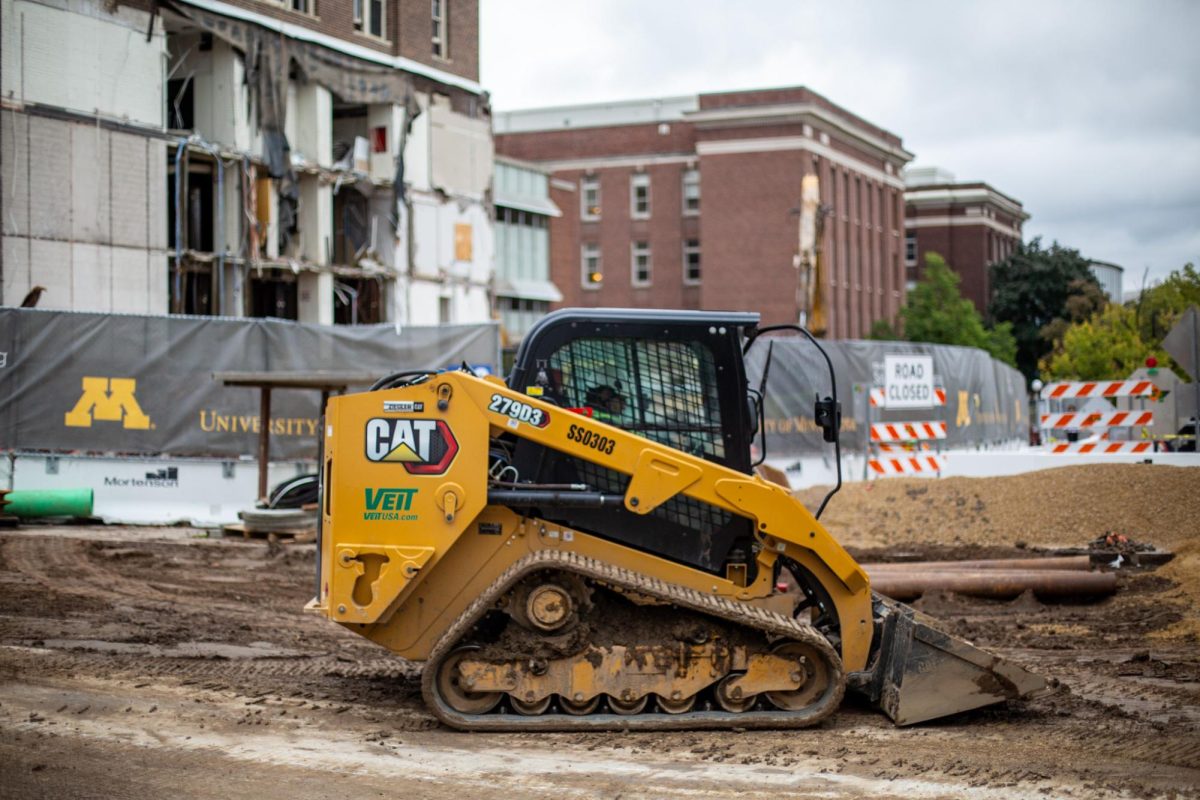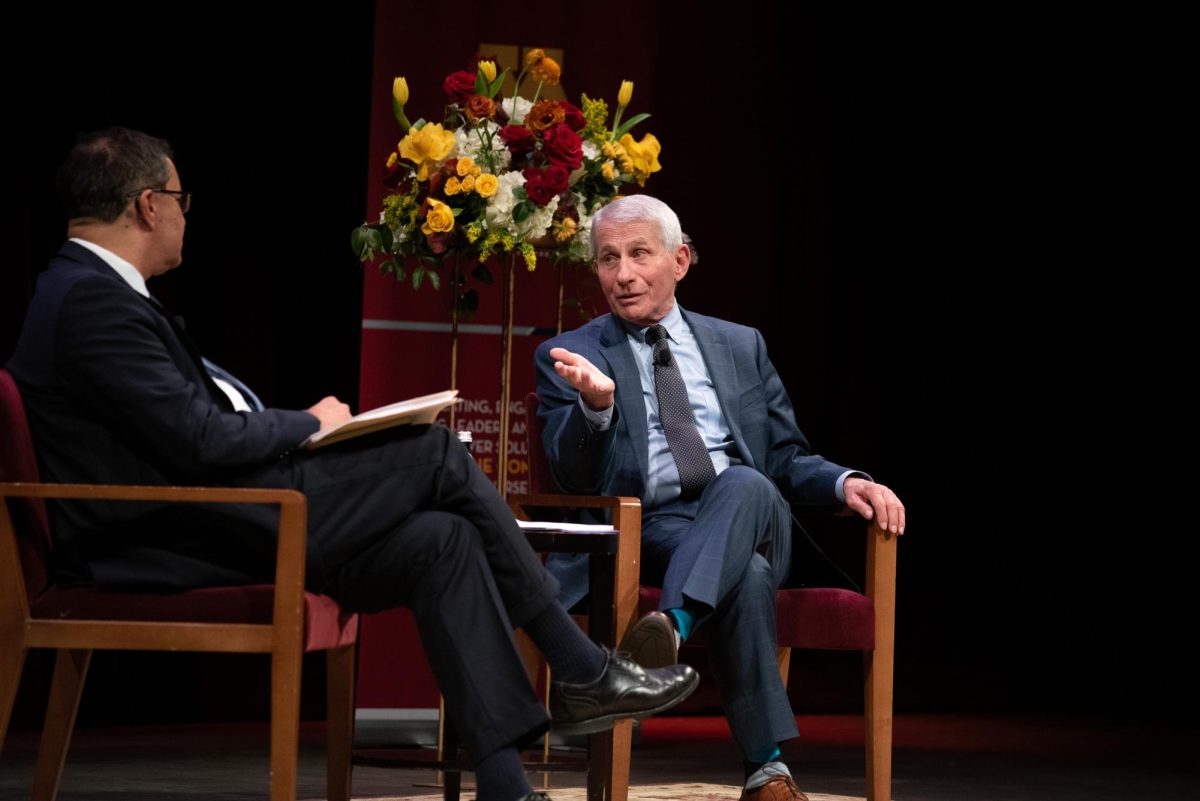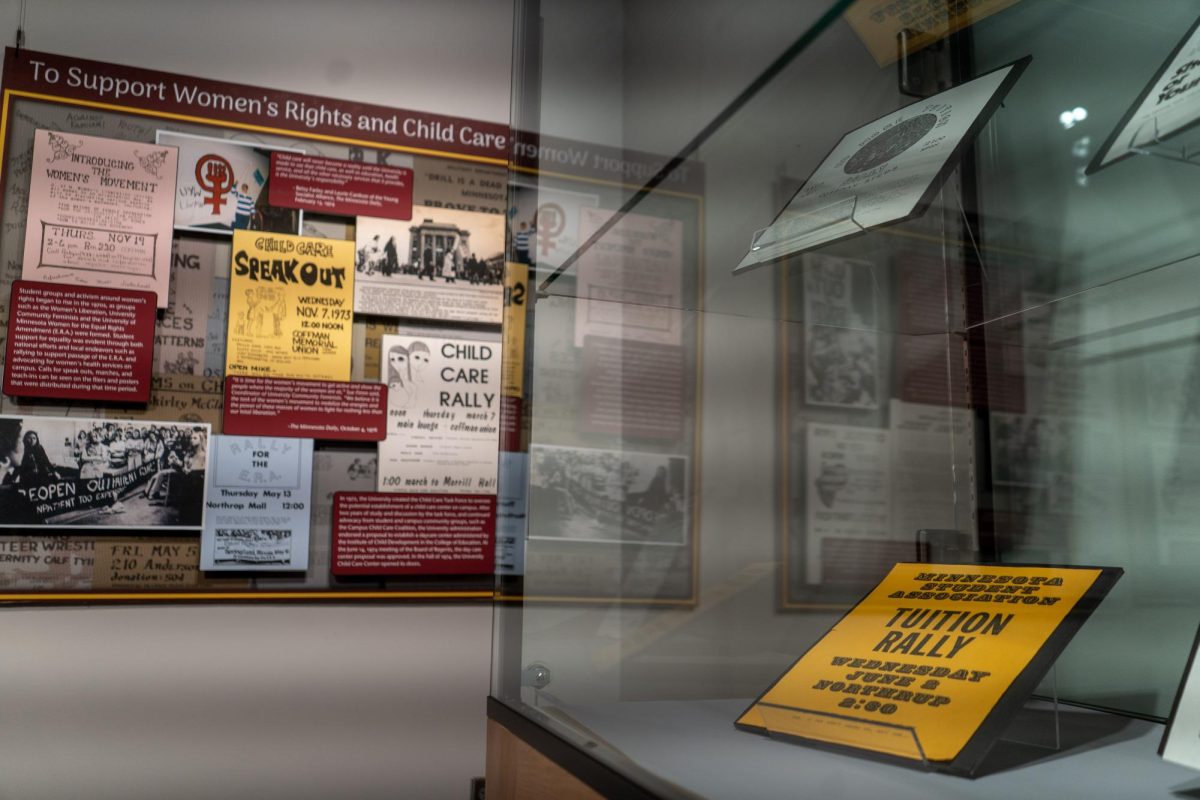The University of Minnesota kicked off its renovations of Fraser Hall on Tuesday with an on-campus event.
The $144.7 million project was approved as part of a bill passed by the Minnesota Legislature with renovations expected to be finished by July 2025.
General chemistry, organic chemistry and life science classes, formerly taught in Smith and Kolthoff halls, will find their new homes in the upgraded Fraser Hall by fall 2025.
The event was attended by University and state leaders Interim President Jeff Ettinger, Gov. Tim Walz and Lt. Gov. Peggy Flanagan.
Fraser Hall, originally built in 1928, served as the University’s Law School for 50 years and acted as a multipurpose building that had not received any structural upgrades since the 1950s.
David Blank, associate dean for undergraduate programs at the College of Science and Engineering, said these projects can be a long process. He has been leading the effort to renovate Fraser Hall for over 10 years.
Infrastructure projects like this help provide maintenance to facilities in need that are frequently used by students, according to Blank.
The general chemistry curriculum had recently undergone major changes to take instruction into the modern age, Blank said. The new curriculum encourages students to problem-solve and collaborate, and it makes better use of the classroom space.
Although the curriculum has already been changed, Blank said instructors are still limited by the space, adding current classrooms in Smith Hall were designed for independent work, not teamwork.
A peek inside a current general chemistry classroom would reveal students having to walk around wall-to-wall benches to work with their peers. In the hallways outside, students are collaborating while the instructor stands in the doorway to keep a line of sight on both groups of students, according to Blank.
Once completed, Fraser Hall will contain 18 active learning labs, collaboration spaces and general-purpose classrooms.
University students taking prerequisite chemistry courses will go to Fraser Hall, Blank said. Around 5,000 students will take these courses each semester and more than a third of undergraduates will take a class in Fraser Hall before they graduate.
“We weren’t frustrated because we couldn’t teach the chemistry students well enough,” Blank said. “We were frustrated because we couldn’t teach everybody well enough.”
Jennifer Yoos, a professor of architecture at the University, said the design process began seven years ago. Yoos is also the CEO of VJAA, the architectural firm that designed the renovated building.
Initially, she said her team wanted to keep the renovations from the 1950s, but it required so much modification that the decision was made to remove them.
“I think a lot of it was how these [renovations] have a conversation with each other, so you don’t have this shocking feeling of new and old,” Yoos said.
According to Yoos, one of the biggest problems in designing the new look for Fraser Hall was its placement in front of the Mississippi River.
It cannot be built too high because regulations disallow obstruction of the river view, but it is also boxed in with Fraser’s proximity to Appleby Hall and the streets that connect the main roads to the University.
Chuck Tomlinson, director of operations for the Department of Chemistry, said the road closures surrounding the construction will be short-term. Only one road will close at a time for a few weeks.
Surrounding buildings, including Appleby Hall, had temporary Americans with Disabilities Act accessways installed during construction. Once the project is completed, access between Fraser and Appleby halls will be easier than before, according to Tomlinson.
“The one way to make a capital project happen overnight is to talk about it for 10 years as if it is going to happen tomorrow,” Tomlinson said.














